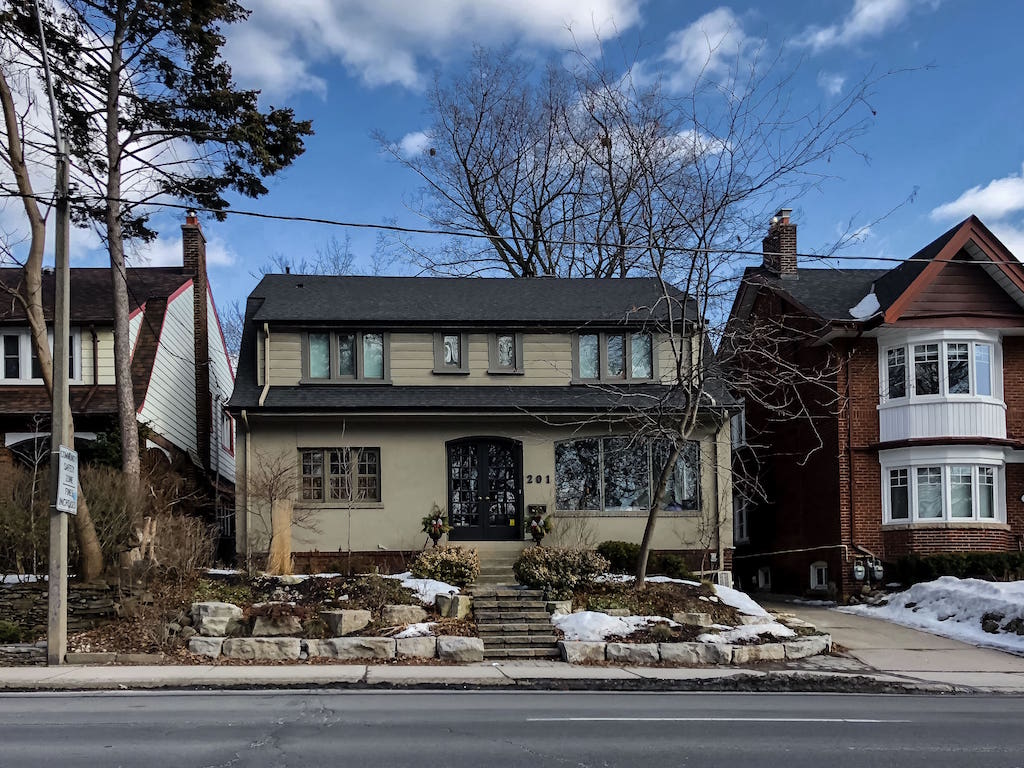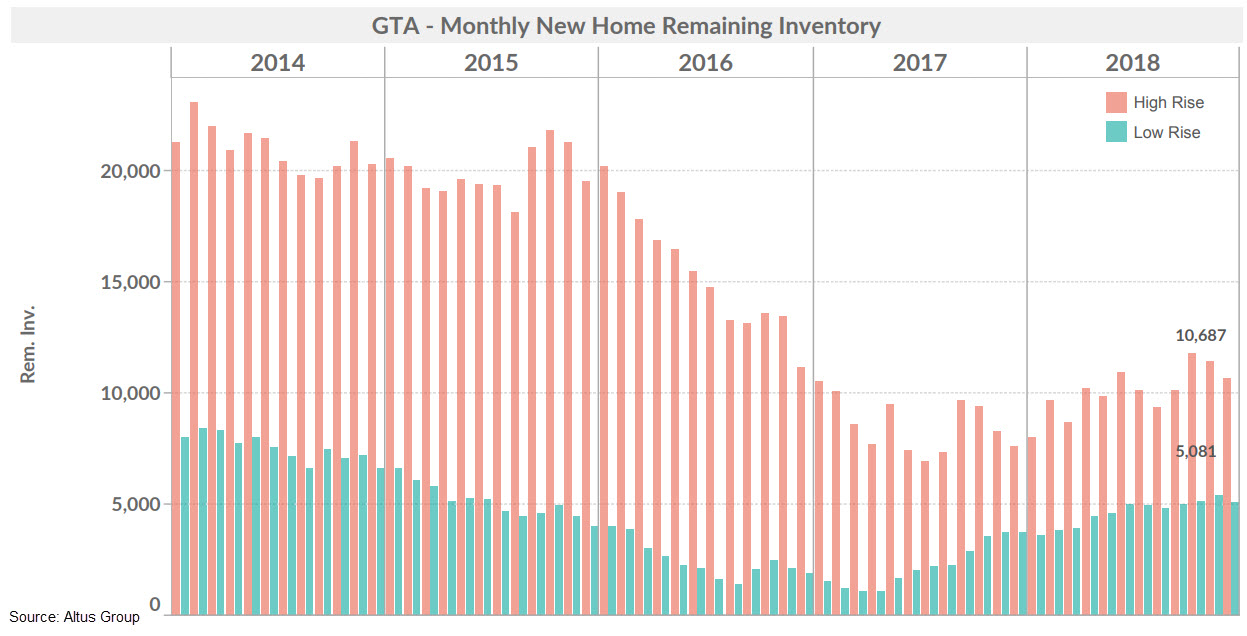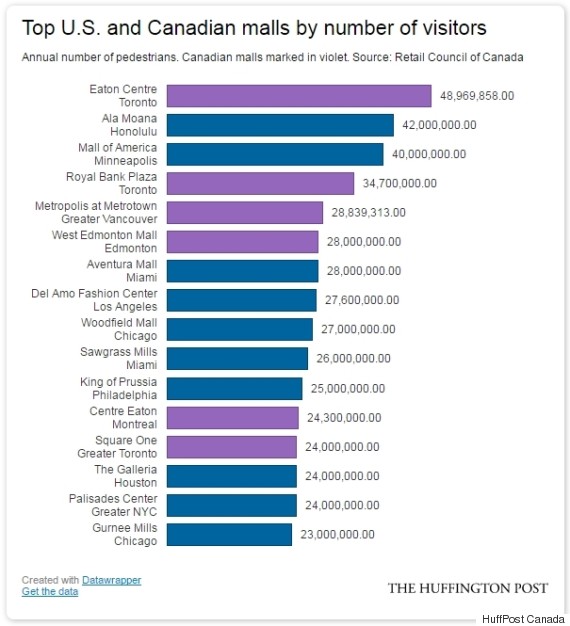According to a poll by the Bank of Montreal, 68 percent of Canadian couples surveyed cited fighting over money as a top reason for divorce, ahead of infidelity. Buying a home together only raises the stakes — bank accounts are merged, couples are collectively preparing for the biggest purchase of their lives and are budgeting together to chip away at a downpayment.
Octavia Ramirez is the founder of Paper & Coin — a financial coaching company that helps Millennials reach their personal finance goals. “Money can be a huge stressor in relationships. So why not get ahead of the problem?” she says.
The finance pro is uniquely qualified to help couples. Since getting married, Ramirez has never once fought about money with her husband. “Obviously, I enjoy finances but it’s taken years of practice to get here,” she tells Livabl.
It all comes down to communication and understanding your partner’s unique worldview — especially when it comes to money. Dr. Katelyn Gomes (Ph.D., C.Psych), a clinical psychologist with CBT Associates, echoes this: “We each have unique personal histories that define our values, rules, dislikes and assumptions for living in and viewing the world — including how we spend money, save money, even what’s important in the home you purchase.”
Octavia Ramirez and Dr. Katelyn Gomes spill their tips for communicating about finances and, in turn, making your partnership even stronger.

1. Work together as a team by joining your accounts
“I often see couples not working together as a team by splitting their expenses. This divides your efforts and can interfere with what you’re trying to accomplish,” Ramirez explains.
When it comes to buying a home, Ramirez makes a case for joining your bank accounts, “When my husband and I get paid, it all goes into the same checking account and we move the money accordingly. We don’t treat it as my money, your money. Consider that both of your incomes together are the grand total.”
When couples put their savings into separate accounts, they also diminish their returns. “Splitting your accounts is a democratic way of doing things, but you won’t get as much bang for your buck that way,” she says.
Ultimately, if you’re in a serious committed relationship, be in a serious committed relationship. “If you divide things based on your separate incomes, it gives the person who makes more a leg-up versus feeling like you’re equally respected in the relationship,” says Ramirez.
Ultimately, you will both be living in the house together. If one person makes considerably less, going 50/50 can potentially lead to selling yourself short — and building resentment long-term.

2. Agree on your collective goals, then make a transparent budget
Ramirez often hears her clients explain that they have budgets — in their head. “It’s important to have a shared document that communicates your budget and spending at a glance.”
Before putting numbers into a Google spreadsheet, agree on your short-term and long-term financial goals with your partner. Working towards homeownership? Start by determining the cost of the house you want to buy, then work backwards to see how much you will need to save each year to make it happen.
“Once you know how much you’ll have to save in the year ahead, go back month-by-month and see what areas of your budget can be cut or if you can increase your income to reach that goal,” explains Ramirez.
Even if it means passing on your yearly vacation and doing a staycation, instead.

3. Have regular budget meetings with your partner
Once you’ve set your budget and are tracking your expenses and spending, set monthly or bi-monthly meetings to stay on track.
“Getting a downpayment together is a huge accomplishment. It’s a long-term process and there are occasionally going to be slip-ups in your savings efforts. It’s important to come back together regularly to remind yourself of your ‘why’. Maybe you didn’t reach your goal one month. Don’t dwell on it for too long, and instead decide together to get back on the saddle,” says Ramirez.
Dr. Katelyn Gomes explains, “We have this tendency to incorporate comments from our partners using faulty or unhelpful interpretations. These are known as cognitive distortion and it includes things like mindreading, jumping to conclusions, catastrophizing or thinking of the worst-case scenario. When we think our partners opinion, wants or needs don’t align with our lens it can lead to difficulties in communication, clashes or arguments.”
When you keep the lines of communication open over your spending habits, it creates an opportunity to have the necessary dialogue to avoid miscommunications or jumping to conclusions.
“Whether it’s contentious or not, just showing up to have that conversation is really important to keep couples on the same page,” explains Ramirez.

4. Save for an emergency fund
To avoid major money stress down the line, Ramirez recommends having an emergency fund in place: “Before you buy a house, prioritize saving three to six months of expenses in advance. If you break up or someone loses a job, you won’t risk going into extreme debt while you figure out your next move.”
5. Stay in the loop, even if you aren’t handling the finances
If you’re the one to handle the finances, Ramirez recommends letting your partner in on exactly what’s going on — whether it’s your insurance policy, the status of the car payments, how much interest you’re paying on the mortgage, or how much credit card debt each person has brought into the relationship.
“Because I enjoy finances, there’s a temptation to not keep my husband in the loop,” says Ramirez. “But even when I handle everything, I always debrief him after. He knows the passwords for the bank accounts and where things go, so he can take over at any point. Having everything on the table encourages you to trust each other.”













 Maziar Moini, Broker of Record - Home Leader Realty Inc.
300 Richmond St. W., #300, Toronto, ON M5V-1X2
Maziar Moini, Broker of Record - Home Leader Realty Inc.
300 Richmond St. W., #300, Toronto, ON M5V-1X2

